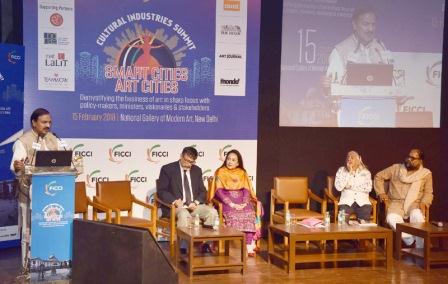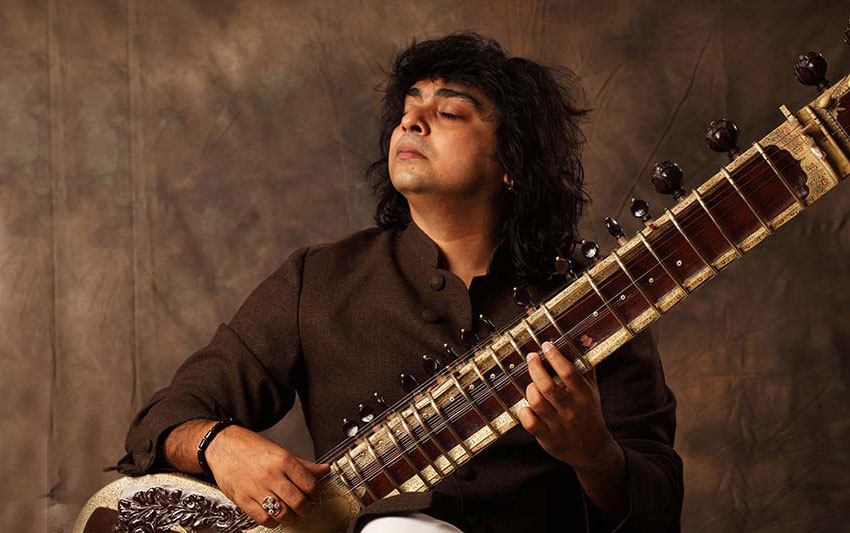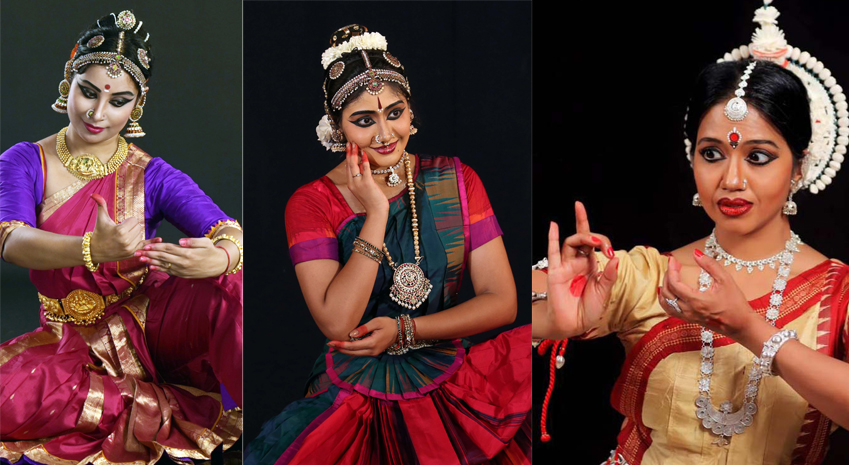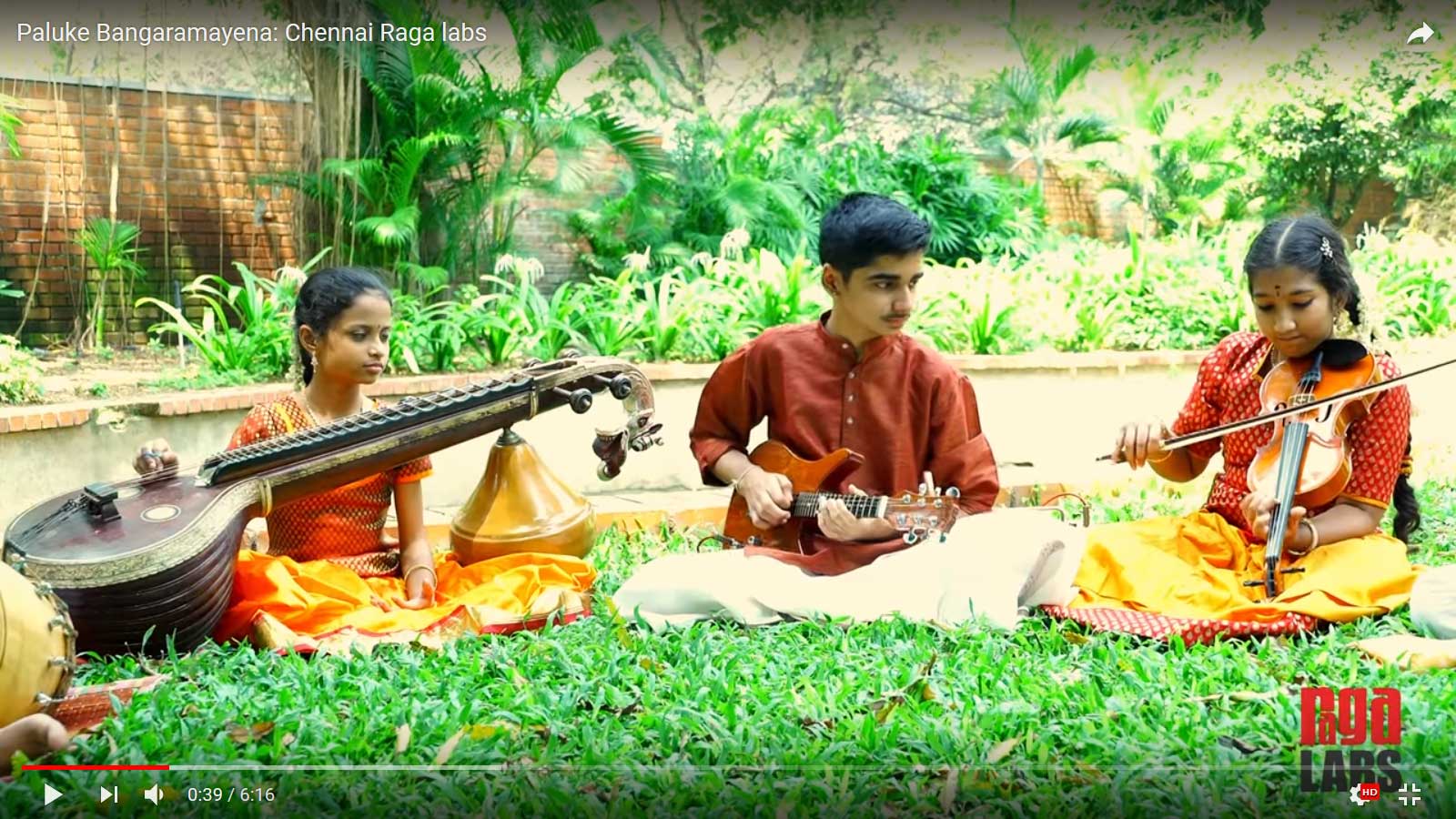A FICCI-KPMG report on the visual arts industry in India reveals that the Rs. 16 billion Indian visual arts market has grown by a CAGR of 10% over 2012-17. However, this comes amidst a host of challenges. These include lack of art infrastructure, high duty-led cost of art acquisition, lack of country-wide art awareness, inadequate private sector participation, lack of technology adoption and absence of improved art discovery platforms.
The report as launched here today at FICCI’s ‘Smart Cities Art Cities’ conference by Dr. Mahesh Sharma, Union Minister for Culture. The Minister in his remarks underlined the critical need for developing art and culture infrastructure to fuel growth and develop India as a ‘soft power.’
He said that the “Government of India’s initiative for cultural mapping of India would bring art and culture repositories on a common platform through an e-portal, thus promoting India?s visual arts. About 1 crore people are already registered on the portal and we expect 4 crore artists to register themselves”.
Meanwhile, the report states that a critical challenge is the lack of art infrastructure. While there is a shortage of museums, some of the existing ones are plagued by sub-standard maintenance. Amidst this, artists are facing challenges in finding avenues to showcase and sell their artwork. There is an urgent need to build new public art infrastructure and retrofit the existing ones in place.
While a combined 8 per cent of the world?s wealth spent on ‘treasure’ is spent on fine art paintings and pictures, and fine art sculptures; only a miniscule 0.02 per cent of the Indian wealth is spent on arts. This presents a substantial headroom for growth. Assets of HNWIs in India are expected to reach USD2.3 trillion by 2020, thereby indicating a large opportunity pool, even a fraction of which can help in exponential growth of the Indian visual arts industry.
Going forward, together with the involvement of the government, participation of private stakeholders in terms of raising funds, organising art festivals and events, and promoting budding artists is also needed. Furthermore, there is a pressing need for both private players and the government to work together in supporting the industry. While private players could help with end-to-end management of art events and exhibits as well as supporting budding artists by buying their works, the government could offer preferential tax treatment to the corporates that support programmes pertaining to art and culture.
At a discussion on infrastructure, the panelists – Mr. NSN Murty, Partner & Leaders- Smart Cities, PWC India; Mr. Sajoy K Roy, C-Chair, FICCI Art & Culture Division; Prof. PSN Rao, Chairman, Delhi Urban Arts Commission; Ms. Jaya Jaitley, crafts revivalist, writer and activist; Ms. Tasneem Zakaria Mehta, Managing Trustee & Honorary Director, BDL, Museum; Mr. Sunit Tandon, Festival Director, IFFI-2017 and Mr. Raphael Gastebois, architect and urban planner – felt that culture needs to be recognised as part of the infrastructure on which society depends. Failure on this front may be less dramatic or obvious in the immediate future but has a long term impact. They spoke of the need to develop platforms for diverse cultural forms which need to be showcased, preserved and allowed to flourish.
Setting the tone for the conference, Mr. Rahul Sharma, Deputy Secretary General, FICCI said that FICCI was committed to promote art and culture in all its facets so that it becomes a wealth generator on a sustainable basis.










